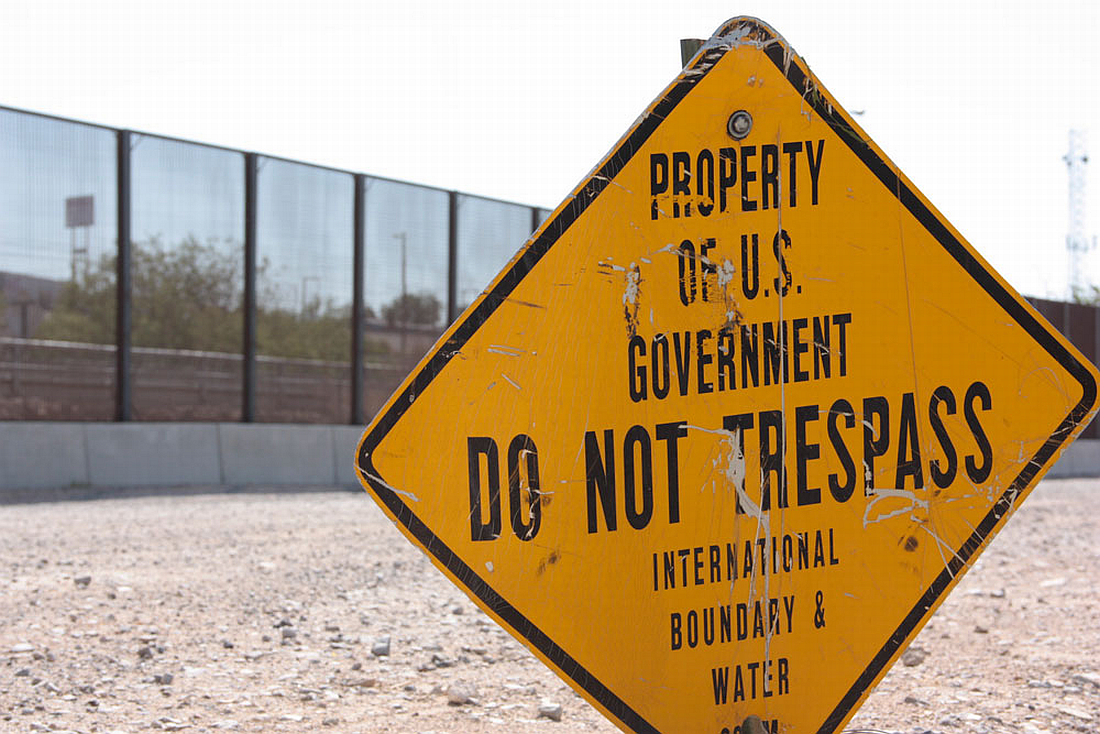
For years tens of millions of Americans living in so-called “sanctuary cities” and other jurisdictions have pleaded with state and federal officials to act against elected officials responsible for implementing said policies in violation of immigration laws.
But because political leaders from both major parties have a stake in rising illegal immigration — Democrats seek votes while both Dems and Republicans seek cheap labor for corporate donors — neither really did much to dissuade local governments from providing shelter from federal immigration authorities.
Now, however, we have a president who’s billionaire status made him beholden to no one but the American people he ran to support, which is why it took Donald J. Trump to fix the myriad of problems with our current immigration system.
Not only has the president fully committed to enforcing all immigration laws, but his Immigration and Customs Enforcement and Department of Homeland Security chiefs are looking for new legal tools to use against local political leaders who are openly defying federal immigration law with sanctuary policies.
In testimony before the Senate Judiciary Committee this week, DHS Secretary Kirstjen Nielson confirmed that her department, along with ICE, has asked federal prosecutors whether they could file criminal charges against the leaders of sanctuary cities refusing to cooperate with federal deportation efforts, The Washington Times reported.
“The Department of Justice is reviewing what avenues may be available,” she said in response to a question about it.
Frankly, it’s about time. The sanctuary city problem did not begin with Trump but it has certainly grown after his election. Democrats ticked off that the Donald would dare remove potential voters and supporters from our country, even though they’re not here legally, have doubled down on efforts to defy federal immigration authorities.
That especially includes lawless California, whose Democrat-dominated state legislature sent Gov. Jerry Brown — another Democrat — a “sanctuary state” bill he signed last fall. The law became effective Jan. 1, which dramatically restricts state and local law enforcement cooperation with immigration officials.
Prior, ICE Director Tom Homan said short-sighted, stupid policies like those are putting his agents at risk, not to mention local police officers because they are being forced now to arrest illegal aliens out in the communities.
Homan has said he would like to see local officials charged as being complicit in human smuggling operations if they continued to protect illegal aliens from deportation via sanctuary city policies. He repeated that in a later interview, which touched off a raft of criticism in far-Left states and cities.
“I’ve been doing this for 34 years. These criminal aliens, they victimize the very communities they live in too,” Homan said in an interview last month.
He was also clear that illegal aliens who engage in criminal behavior are not just harming the societies they enter, they are hurting the entire immigrant community from which they came. (Related: It begins: Chicago will be first to file lawsuit against Trump administration’s threat to cut sanctuary city funding.)
“These immigrant communities, they don’t want criminals in their streets either,” Homan said.
The ICE chief also praised Trump, saying “under this president — this president has done more for border security and public safety than any of the six presidents I’ve worked for.”
In many ways, Texas is the antithesis of California. The state in May passed legislation that bans sanctuary city policies, which was signed by Gov. Gregg Abbott. The law bans cities, counties, and universities from prohibiting local law enforcement officers from asking about immigration status while enforcing immigration law. And it carries criminal charges for police chiefs, county sheriffs and other law enforcement heads in the state who violate the ban.
Naturally, other supporters of illegal immigration lawlessness sued, but a federal appeals court mostly upheld the law in September, ordering only minor changes that could be quickly implemented.
The only way to get state compliance with federal immigration authorities is to hold elected leaders who adopt silly sanctuary laws legally liable.
J.D. Heyes is also editor-in-chief of The National Sentinel.
Sources include:
Please contact us for more information.





















